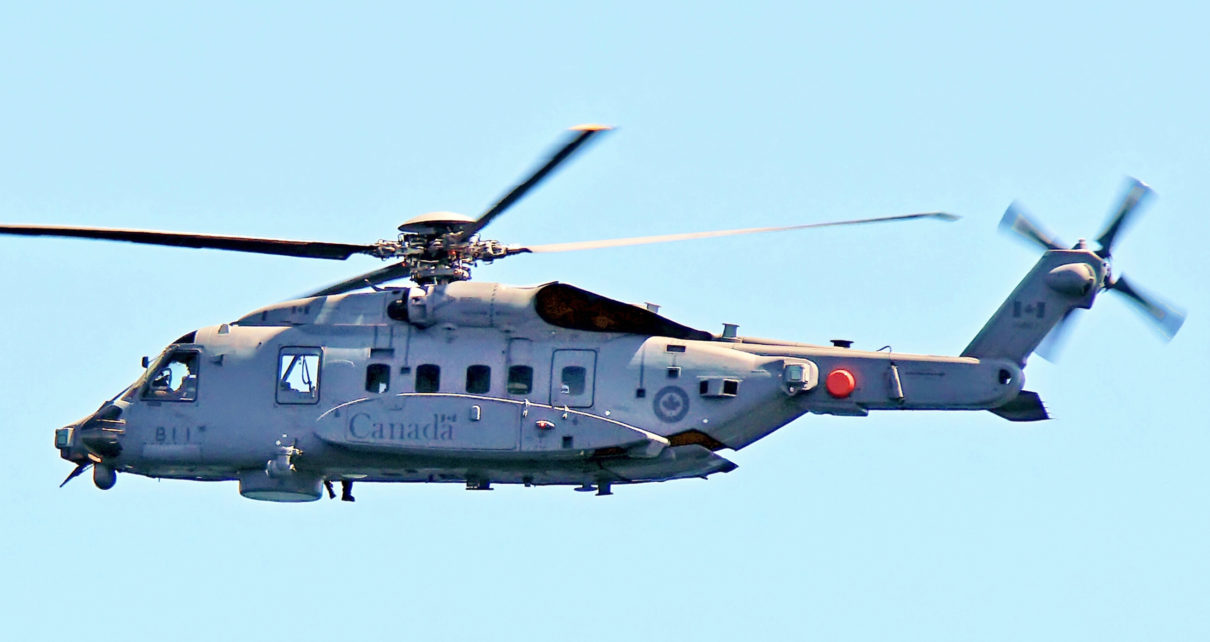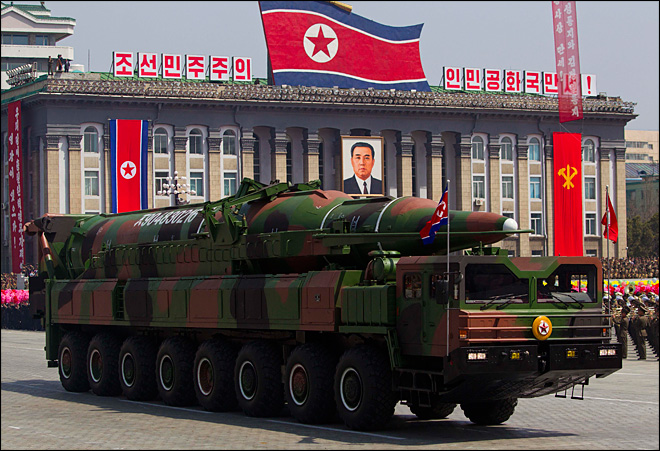Last week, the Canadian Armed Forces (CAF) celebrated the arrival of six CH-148 Cyclone helicopters at 12 wing Shearwater Airbase. This is the first delivery of 28 helicopters purchased in a $3.2 billion deal in 2004.
Although, as the new machines are arriving seven years after the planned delivery date and $200 million over budget, the acquisition is a somewhat bitter-sweet note in Canada’s purportedly ‘tortuous history’ of military procurement.
A long list of unattained targets supports the claim that effective procurement for the CAF has been an elusive procedure. The on-again, off-again relationship with the F-35 fighter jets, delayed and over-budget plans to buy Arctic Patrol ships and the ongoing 11-year search for a replacement for the ageing Search and Rescue fleet, are a few examples of many delayed, expensive, or unfeasible procurement projects. These failed objectives cast doubts on the CAF’s ambitions, and its capability to keep itself going.
Ineffective process
The Parliamentary Budget Officer outlines this issue in a report on the Fiscal Sustainability of Canada’s National Defence Program. The report projects a significant difference in the cost of the military, and the funding dedicated to supporting it. If nothing is done, the estimated shortfall is between $33 and $42 billion by the next decade.
The Department of National Defence (DND) has struggled with a long-standing inability to manage major procurement projects. These failures are extremely costly, accruing economic losses, damaging the CAF’s reputation and reducing its operational capabilities.
In order to stabilize defence spending, the government has made several recent changes to its procurement strategy. These include handing exclusive authority for military procurement over to the Department of Public Works, and establishing an independent third party review panel for defence acquisition.
These changes were made so that much needed improvements could come rapidly to the military procurement process. However, after a decade of failing to meet its own expectations, significant progress is necessary in order to ensure that a capable CAF is prepared to respond to future challenges.
Imminent Trials
To understand the future challenges anticipated by the CAF, it is important to understand historic changes that have influenced the CAF’s current direction.
When the Conservative government was elected in 2006, they pledged to never again revisit the so-called defence spending’s ‘decade of darkness’ of the 1990s. Low military investment during this period led to limited training, reduced personnel, and chronically neglected maintenance of military equipment and technology.
Ambitious procurement would be necessary to ensure that the CAF would be prepared for emerging campaigns, and remain interoperable with NATO allies. As Canada further aligned itself with costly NATO-led peace-enforcing and nation-building operations, new technology and equipment was deemed a necessary requirement.
Unfortunately, recent deficit reduction initiatives early in this decade have deferred spending away from the CAF, resulting in a military that Canada can no longer afford.

The latest report on the fiscal sustainability of the national defence program projects a period of underinvestment in the CAF, similar to the low levels of funding seen in the 1990s. Canada’s military expenditures are currently one percent of GDP, a low point on a steady downward trend.
Unmet expectations
The latest federal budget announced in April, pledged $11.8 billion to defence spending over the next 10 years. Defence department representatives, including Defence Minister Jason Kenney, say this is a ‘huge improvement’. Nonetheless, domestic defence analysts warn that even this amount will not be enough to fill the gap between what the government wants out of the CAF, and what it can afford.
The increase also falls significantly short of NATO’s goal for each member country to spend 2 percent of GDP on military investments. Currently, the only countries meeting this goal are Britain, Estonia, Greece, Poland, and the United States.
NATO goals, and American military spending, have typically been influential determinants in what capabilities the Canadian military is expected to have. America is now urging its allies, Canada included, to increase spending. As U.S. Air Force Secretary Deborah Lee James aptly noted, ‘peace and stability does not come for free’
Canada, among other NATO allies, protest that the 2 percent goal appears arbitrary, and that importance should not be placed on how much money is spent, but on changing how military capital is spent.

In fact, Canada was the main opposition against the 2 percent goal for NATO allies. This is not entirely surprising, as Canada is struggling to meet its current budget, let alone increase it. While Canada makes a case for greater efficiency in international military expenditure, its own record is hardly a model for streamlined defence spending.
Current problem
At a NATO summit held in September, Canada was able to successfully defend its own interest, as well as contribute to the alliance goals, in an acceptable compromise with NATO requirements for military spending.
In spite of political successes abroad, and promising changes at home, the reality is that Canada is still in the midst of an ambition-capability gap.
The types of missions that the CAF will be assigned should be based upon the needs of Canada and of its allies. Unfortunately, operations will be limited by what Canada can afford. As global tensions rise on many fronts, Canada must close the gap or face the consequences of unmet military goals.
Cover Photo: ‘A Sikorsky CH-148 Cyclone twin-engine, multi-role shipboard helicopter of the Canadian Forces’ (2017) by Dennis Jarvis via Wikimedia Commons. Licensed under Creative Commons BY-SA 2.0.




